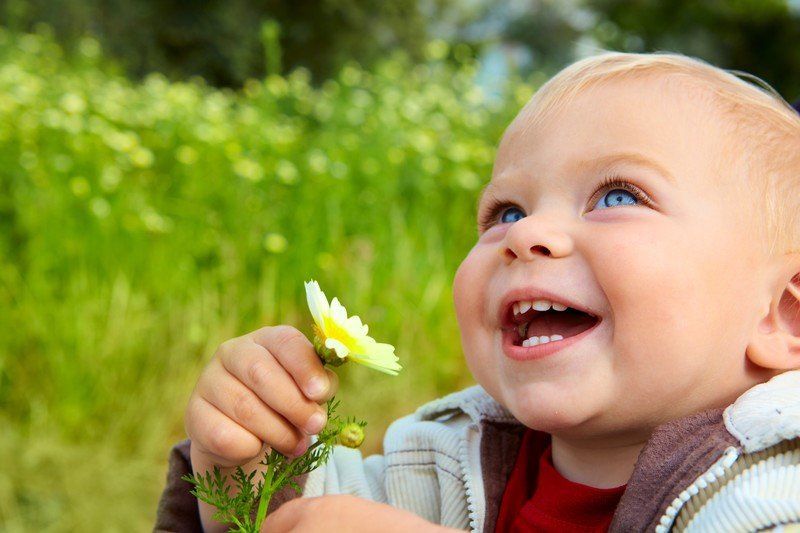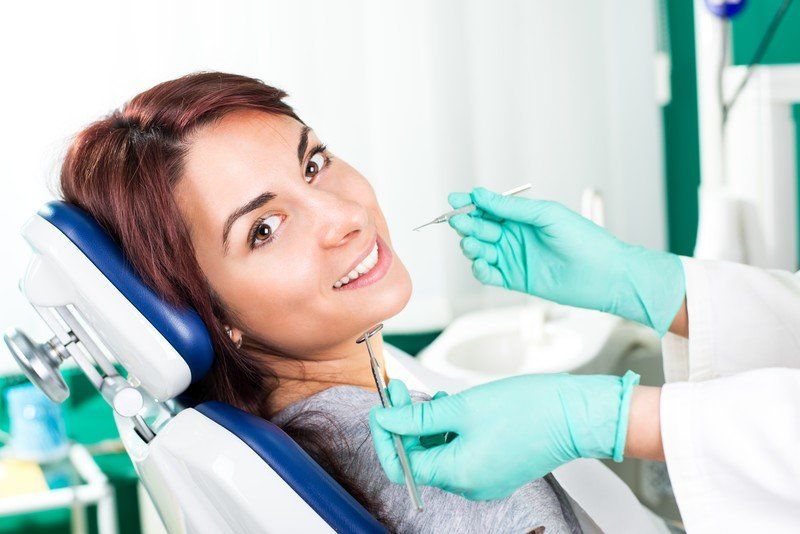Circle Drive Dental Blog
How To Help Care For Your Baby’s New Teeth
- By Morgan Temp
- •
- 14 May, 2019

The small size of a baby’s teeth is greatly outweighed by their importance. Not only do your baby’s new teeth serve as invaluable proxies for his adult teeth, they’re also integral to the development of chewing skills and clear speech. There are several ways that parents can help care for their infant’s new teeth, and our Rochester dentist discusses them here.
Gums Before Teeth
Before your baby’s first teeth arrive, you can get a head-start on oral care by caring for his gums. You don’t even need a toothbrush or toothpaste – just a soft, moist cloth or piece of gauze that you can use to wipe down your baby’s gums. Circle Drive Dental recommends doing this twice a day at minimum, but ideally after each of baby’s feedings and before bedtime. Diligent gum care ensures that your baby’s gums are free of bacteria that creates a sticky plaque, one which can harm an infant’s teeth when they start coming in.
First Teeth Arrive
When your baby’s first teeth appear, it’s time to switch from gauze to a toothbrush. Find one that has a large handle, a small head, and a soft brush, and begin brushing with water only. Once the teeth break through the gums and are more prominent, our family dentist suggests using a tiny dab of toothpaste, no bigger than a grain of rice. This is all the toothpaste you’ll need until your toddler turns three, at which point you can upsize your toothpaste to a pea-sized allotment.
Brushing your child’s teeth is a lot like brushing your own, in the sense that you should brush gently, cleaning every tooth front and back. The only difference (aside from the amount of toothpaste used) is the amount of time you’ll spend brushing.
We recommend brushing your toddler’s teeth until he can hold the brush on his own. After this milestone, you can step back and take a more supervisorial role until he can brush, rinse, and spit without your assistance. The exact age at which this happens isn’t set in stone, but it’s typically around age six.
Do remain vigilant in terms of checking your child’s teeth for signs of decay – for example, brown or white spots on the teeth, or tiny pits forming in the teeth. If any of these things becomes apparent, make an appointment with our local pediatric dentist. In fact, even if your child’s teeth are the picture of good health, it’s still a good idea to schedule his first visit to the dentist before he turns one. We’ll conduct a full exam and give you advice regarding tooth care and teething, as well as fluoride and thumb-sucking.
Bear in mind that teething is more a marathon than a sprint, and it’s not uncommon for two years to pass before all of your child’s baby teeth have pierced his gums.
Schedule an Appointment Today
Our Rochester pediatric dentist provides comprehensive dental care to thousands of area families. Schedule an appointment today and entrust your child’s oral health to our friendly experts.





